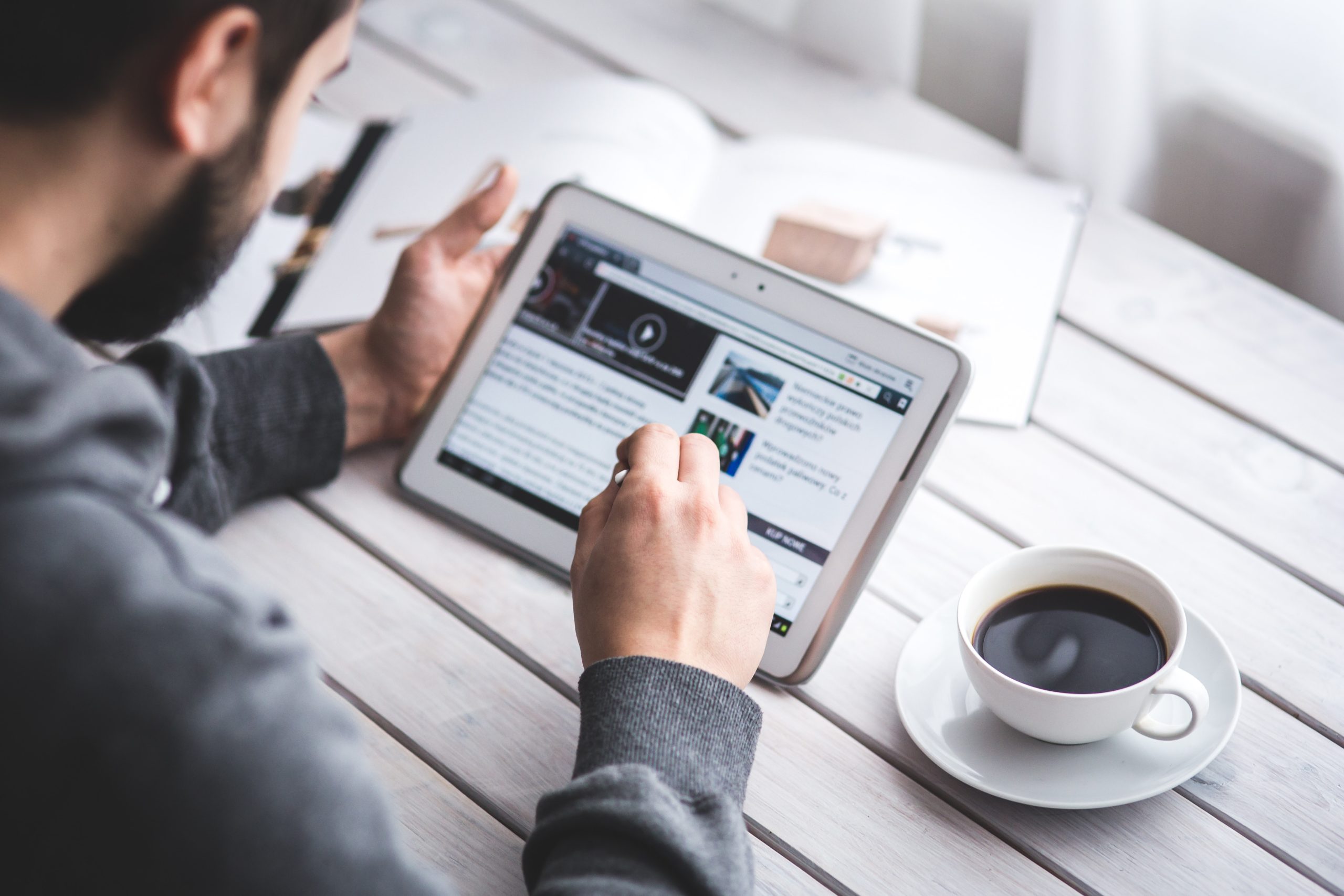latest
News round-up (June 4)
We start this week’s roundup with an item about the ransomeware attack on the Irish health service. Two weeks since it happened, the country’s IT systems are still down and health checks, including scans, continue to be cancelled. This salutary tale highlights the importance of cyber security for all of us.
Getting cyber security math right is key to preventing ransomware attacks
A blog from Digital Health discusses how the Irish health system is still in recovery mode from the ransomware attack launched by the Conti cybercrime group.
While there have been many headlines announcing the criminals had somehow ‘bailed out’ the Health Service Executive (HSE) by handing over the data decryption tool free of charge, Conti doesn’t just encrypt data to lock down networks: it steals it as well.
The data is still being held to ransom, with Conti demanding the HSE “try to resolve the situation” through paying an unknown amount (the original ransom was around £14 million). The group is threatening to publish or sell patient data if this doesn’t happen. The HSE has said it will not pay a ransom.
Embracing the opportunity of alternative data
Or Lenchner, CEO of Bright Data, writes on LocalGov website about ‘data as the new water’ and the Government’s plans for the UK’s National Data Strategy (NDS).
He says that while the announcement of the strategy generated relatively little in the way of mainstream media coverage, the NDS is arguably one of the most important agendas of the day for policymakers.
And he welcomes the shift from a mindset focused on the risks that data presents to one that embraces the opportunities on offer.
Covid-19: why the lab leak theory must be formally investigated
An interesting piece on The Conversation website about how, 18 months into the pandemic, we still do not know exactly where the SARS-CoV-2 virus came from.
The article considers the prevailing view that the virus “spilled over” from bats into humans versus the increasing calls to investigate the possibility that it emerged from a lab in Wuhan, China, where Covid first appeared at the end of 2019.
It outlines the many unanswered questions: we don’t know how the virus arrived in Wuhan, how its sequence evolved to allow human infection, and under what conditions it infected the first people who crossed its path. And for each of these stages, we don’t know whether there was a human contribution (direct or indirect).
COVID-19 pandemic fuelled huge digital acceleration in home care, report finds
A new report by home care tech provider Unique IQ has revealed that the use of digital task management amongst its client base increased by 285% at the start of the pandemic.
‘Transform: A decade of digital transformation in home care’ examines the company’s software user data from 2016 to 2021, to reveal how digital technology was used by providers to tackle the challenges they have faced.
With a customer base that largely consists of home care agencies primarily working within elderly care, the report explores more than 40 million anonymised records, including numbers of clients, carers and visits, average visit durations and usage of medications, tasks and digital forms
The mRNA vaccine revolution is just beginning
A long-read article in Wired looks at how mRNA technology helped create a Covid-19 vaccine in record speed. Next it could tackle flu, malaria or HIV.
The companies BioNTech and US-based Moderna had both long believed that their mRNA technology, which uses simple genetic instructions, could outpace traditional vaccines, which rely on the often-painstaking assembly of living viruses or their isolated parts.
mRNA turned out to be a promising and potentially transformative technology that not only survived its first big test, but delivered beyond most people’s wildest expectations.
Does telehealth in Australia have a promising post-pandemic future?
Healthcare IT News reports on a recent study of over 1,000 Australians, detailing their views on telehealth.
Data was collected in April 2021 from Australians aged 18 and over, who had visited the doctor at least once a year, and had had a healthcare appointment within the last 12 months.
The findings indicate that the use of telemedicine is likely to extend beyond the pandemic. However 21% of consumers who had previously used telemedicine would not continue to do so after the pandemic. And 47% of respondents said they would still feel more comfortable with an in-person consultation.
New tool activates deep brain neurons by combining ultrasound, genetics
Science Daily reports on a US study from Washington University in St. Louis which is the first work to show that sonothermogenetics can control behaviour by stimulating a specific target deep in the brain.
A team has developed a new brain stimulation technique using focused ultrasound that is able to turn specific types of neurons in the brain on and off and precisely control motor activity without surgical device implantation.
Neurological disorders such as Parkinson’s disease and epilepsy have had some treatment success with deep brain stimulation, but up until now these have required surgical device implantation.
Scaling digital twins from the artisanal to the industrial
An opinion piece in Nature Computational Science notes that mathematical modelling and simulation are moving from being powerful development and analysis tools towards increased roles in operational monitoring, control and decision support.
Models of specific entities are continually updated in the form of a digital twin. But current digital twins are largely the result of bespoke technical solutions that are difficult to scale.
The article discusses two applications that motivate challenges and opportunities for scaling digital twins, and that underscore potential barriers to wider adoption of this technology.
